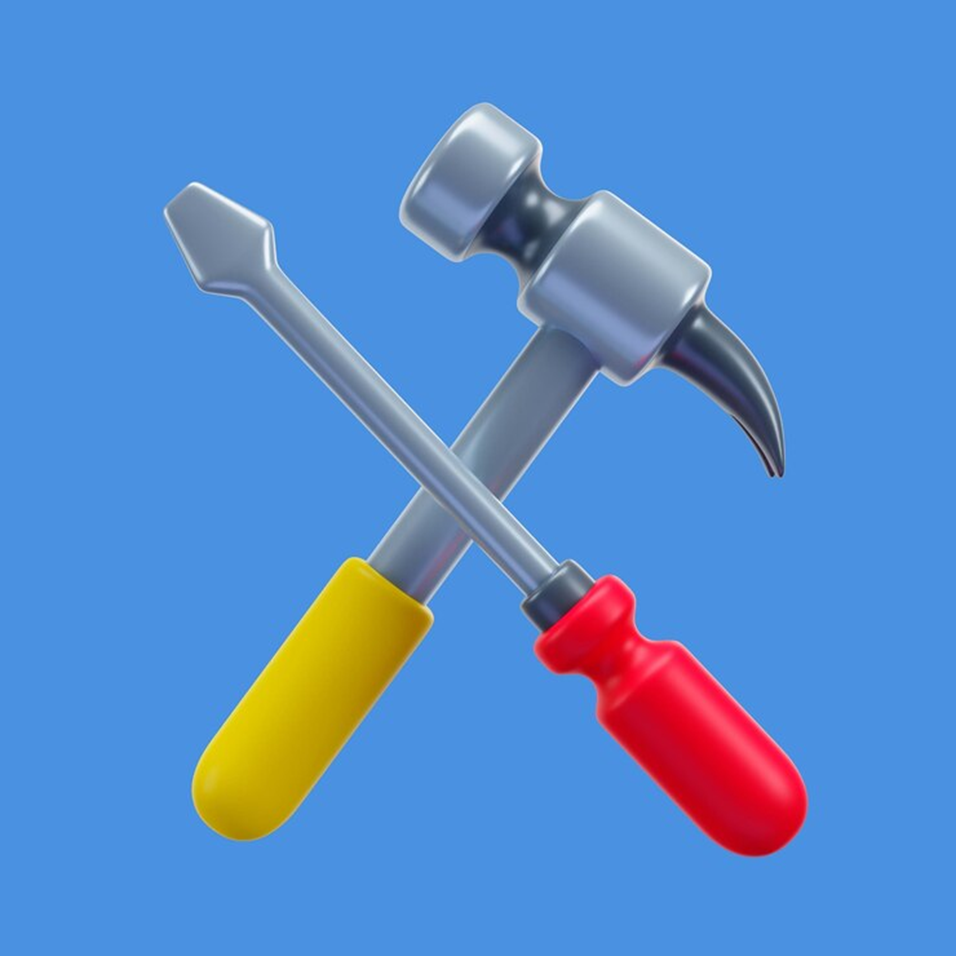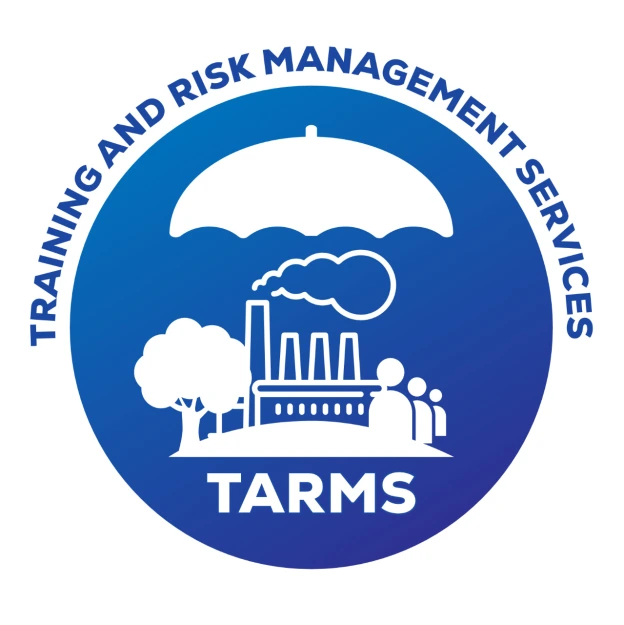
Introduction
Dropped objects in the oil and gas industry, specifically in drilling services, represent significant hazards that can result in severe injuries, fatalities, and substantial financial losses.
The DROPS (Dropped Object Prevention Scheme) initiative aims to mitigate these risks by implementing stringent safety measures and promoting best practices.
Definition
A dropped object is any object that falls from its original position, whether from a height or at ground level, posing a risk to personnel, equipment, and operations.
In the context of oil and gas drilling services, this includes tools, equipment, and materials that may fall from rig floors, derricks, cranes, and other elevated workspaces.
Examples of Dropped Objects
- Tools and Equipment: Hammers, wrenches, and other handheld tools that might be inadvertently dropped during operations.
- Structural Components: Bolts, nuts, or fittings that become loose and fall from equipment or structures.
- Materials: Pipes, scaffolding parts, or sections of casing that are being hoisted or handled at heights.
- Temporary Objects: Any object temporarily placed on a high surface, such as coffee cups or personal items that are not secured.
Types of Drops object
Dropped objects can be classified into several types based on their origin, characteristics, and the circumstances under which they fall.
Understanding these types helps in developing specific mitigation strategies to prevent such incidents.
-
Static Dropped Objects
Static dropped objects are those that fall due to gravitational forces without any external motion being applied to them. These objects are usually part of a fixed installation or structure.
Examples:
- Fixed Equipment Components: Parts of structures, such as bolts, nuts, or panels, that become loose and fall.
- Construction Debris: Materials such as bricks, concrete chunks, or insulation that fall from incomplete or damaged structures.
- Environmental Factors: Items dislodged by environmental factors like wind or vibrations, including branches or roofing materials.
Causes:
- Corrosion or wear and tear
- Poor installation or maintenance practices
- Environmental conditions causing deterioration
-
Dynamic Dropped Objects
Dynamic dropped objects fall due to the impact or motion applied to them by machinery, equipment, or human actions. These objects are typically associated with active operations.
Examples:
- Tools and Equipment: Hand tools, power tools, or portable devices that fall from workers’ hands or unsecured positions.
- Machinery Parts: Components dislodged from moving machinery, such as gears, pulleys, or drill bits.
- Load Shifts: Materials or equipment that shift and fall during lifting or transport operations, such as cargo from a crane or a forklift.
Causes:
- Human error or mishandling
- Equipment failure or malfunction
- Inadequate securing or fastening of items
-
Temporary Dropped Objects
Temporary dropped objects refer to items temporarily placed at height during work operations. These are not permanently fixed but are used in ongoing activities.
Examples:
- Temporary Tools: Tools or devices used for a specific task and placed on a platform or structure temporarily.
- Construction Materials: Items like buckets, bags of cement, or sections of scaffolding placed temporarily during construction or maintenance work.
Causes:
- Improper temporary storage
- Lack of proper securing measures for temporary items
- Inadequate risk assessment and planning
-
Environmental Dropped Objects
Environmental dropped objects are items that fall due to natural environmental factors such as weather conditions, animal interference, or geological events.
Examples:
- Weather-Induced: Items dislodged by strong winds, heavy rain, or snow.
- Animal Interference: Objects knocked loose by birds or other animals.
- Geological Events: Items displaced by earthquakes or landslides.
Causes:
- Severe weather conditions
- Animal nesting or interference
- Natural disasters
-
Human Error-Related Dropped Objects
These are objects that fall due to mistakes or negligence by workers or operators.
Examples:
- Mishandled Tools: Tools dropped by workers during handling or use.
- Incorrectly Secured Items: Objects that fall because they were not properly fastened or secured.
- Improper Use of Equipment: Items dropped due to incorrect use of lifting or positioning equipment.
Causes:
- Lack of training or awareness
- Fatigue or distraction
- Inadequate supervision or enforcement of safety protocols
-
Mechanical Failure-Related Dropped Objects
Mechanical failures can lead to objects falling due to the malfunction of equipment or components.
Examples:
- Equipment Malfunction: Failures in cranes, lifts, or hoists leading to loads being dropped.
- Structural Failures: Parts of structures, such as beams or scaffolds, that collapse or give way.
Causes:
- Inadequate maintenance or inspection
- Manufacturing defects
- Overloading or misuse of equipment

